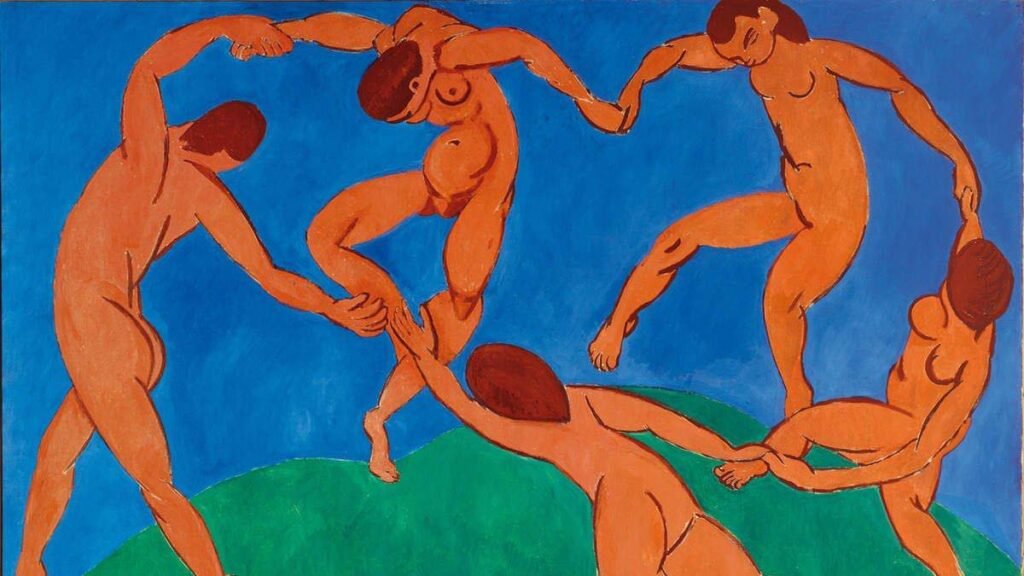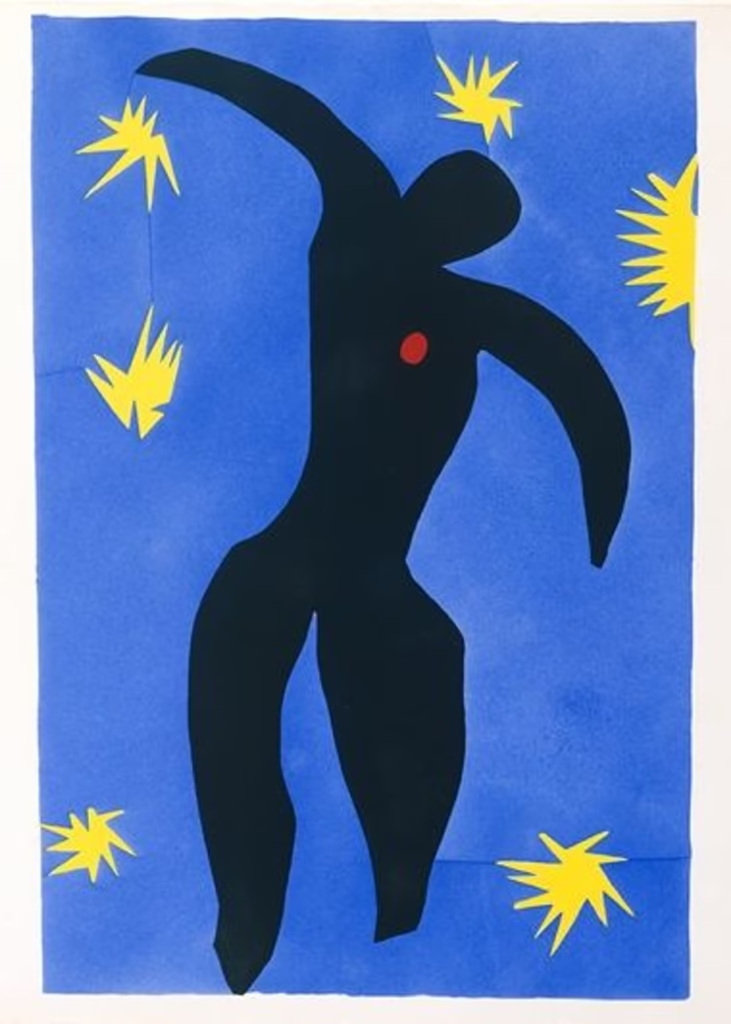In his studio on Quai Saint-Michel, Henri Matisse discovered the secret of color’s dance in light. Each morning, the artist would rearrange the objects in his room, following this magical dance—color transformed by light, light reborn through color. It was a ritual of deep understanding: space does not exist independently of this perpetual choreography between shades and rays.
Windows as Dance Stages
For Matisse, the window was never just a simple frame. In his series of interior scenes, we see how he treats the opening to the outside as a stage where the dance of color in light unfolds. Windows become conductors of this choreography, controlling not only the amount but also the emotional rhythm of the light that enters the space.

In Interior at Nice (1919), the shutters become instruments of precise composition, modulating the silvery Mediterranean light like a modern-day dimmer. Matisse uses these slats as a system of light control, creating layers of varying intensity that transform the room into a theater. Each stripe of light and shadow shapes the atmosphere, showing how architecture can become a partner in crafting a controlled luminous performance.
When Color Dances with Light
Matisse’s revolution lies in the discovery that light can be constructed through color, not just represented. During his Fauvist period, he abandoned traditional shadows and built volume through warm–cool contrast. This dance of color in light becomes a fundamental principle of contemporary design: it’s not the amount of light, but the choreography of temperature and intensity that shapes space.

When we look at La Danse (1910), we see that the red background is not just a field of color, but a luminous ambiance that surrounds and supports the figures. Matisse creates what we would today call a colored light atmosphere, orchestrating a dance of pure energy. The red vibrates against the blue of the sky, the green of the grass contrasts with the warmth of the bodies—each color becomes a step in a cosmic dance of light.
The Cut-Outs: Pure Choreography of Light
In his final years of creation, through the cut-out technique, Matisse reached the pure essence of color’s dance in light. Each colored shape becomes a light source in itself, and the final composition is an orchestration of abstract points of light dancing across the wall.

Jazz (1947) reveals this choreography in all its splendor. The shapes move, meet, and part in a visual rhythm that mirrors the dance of natural light through leaves. There are no longer objects and separate light—everything becomes dance, everything becomes light playing with itself.
Space as a Stage for the Dance of Light
Matisse doesn’t paint objects in light—he paints the experience of color dancing in light. Each painting becomes a study of how this choreography shapes not only forms but also emotional states. It’s a valuable lesson for spatial designers: light doesn’t decorate architecture—it invites it to dance.

In L’Atelier rouge (1911), the entire room breathes in a red light that unifies and transfigures every object. Matisse shows that the dance of color in light is not a decorative effect, but a language capable of redefining our perception of space. The red becomes the atmosphere itself, turning the studio into a resonance chamber of creativity.
Lessons for Contemporary Design
Matisse’s creative process teaches us that lighting design is, at its core, the art of orchestrating this dance. Light doesn’t exist independently—it’s in constant dialogue with form, color, and space. Every architectural lighting project should ask: what choreography of emotions are we creating? What dance of color and light are we offering to the people who inhabit this space?
When we design the lighting of a building, we’re not simply placing light sources—we’re composing a visual symphony. Like Matisse, we become conductors of a performance that repeats every day, in every season, with every shift in atmosphere.
The Legacy of the Dance
Matisse shows us that light is never neutral. It is always a choice, a position, a vision of how life manifests within space. In every lighting project, we become—like him—the choreographers of an eternal dance: the dance of color in light, which transforms architecture into a living, emotional, and memorable experience.
Every window we design, every lighting system we create must ask: does it take part in this cosmic dance? Does it contribute to the everyday beauty of those who inhabit the space?
Matisse left us not just paintings, but a philosophy of light—one that continues to dance through every space we create.
